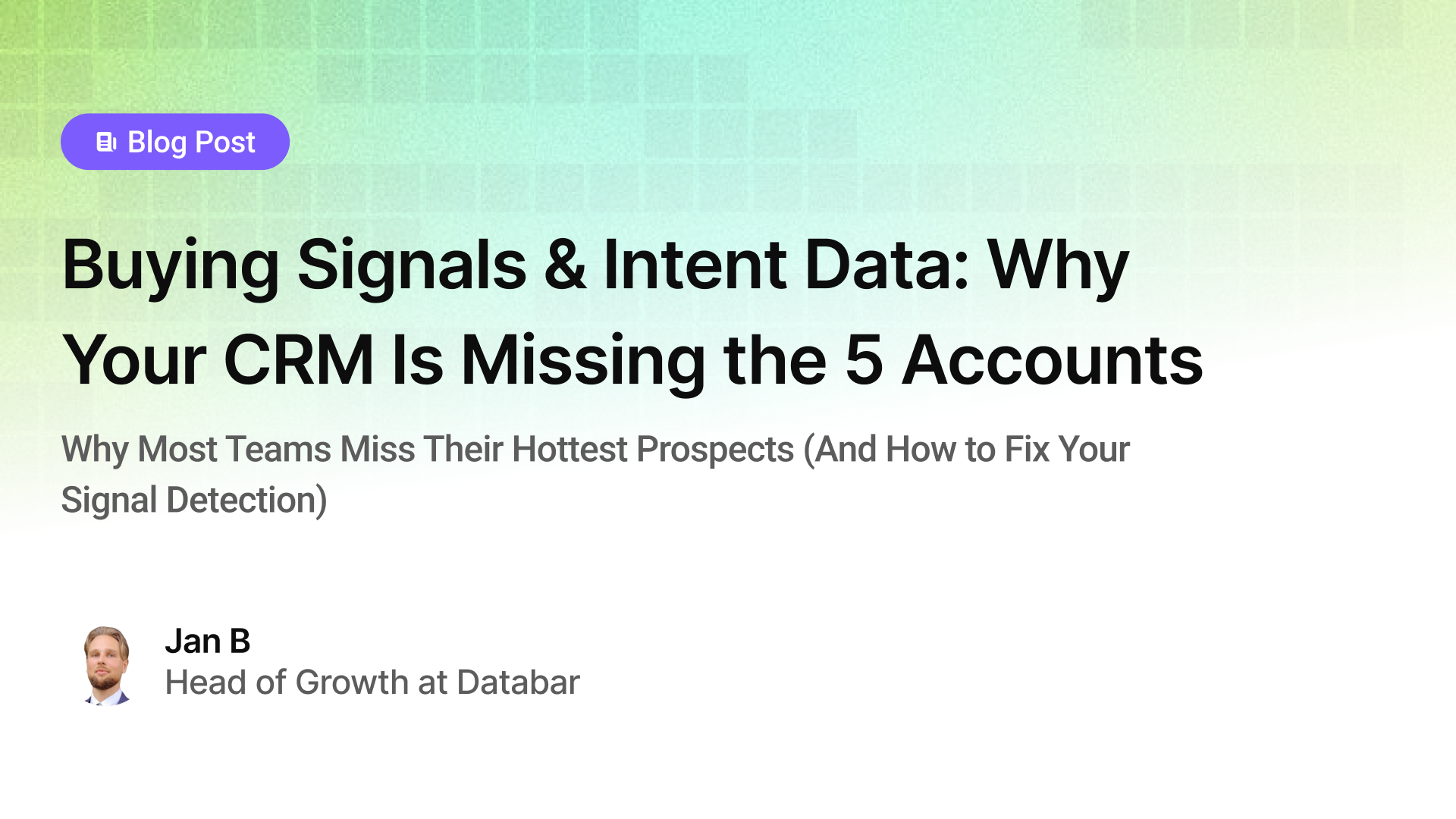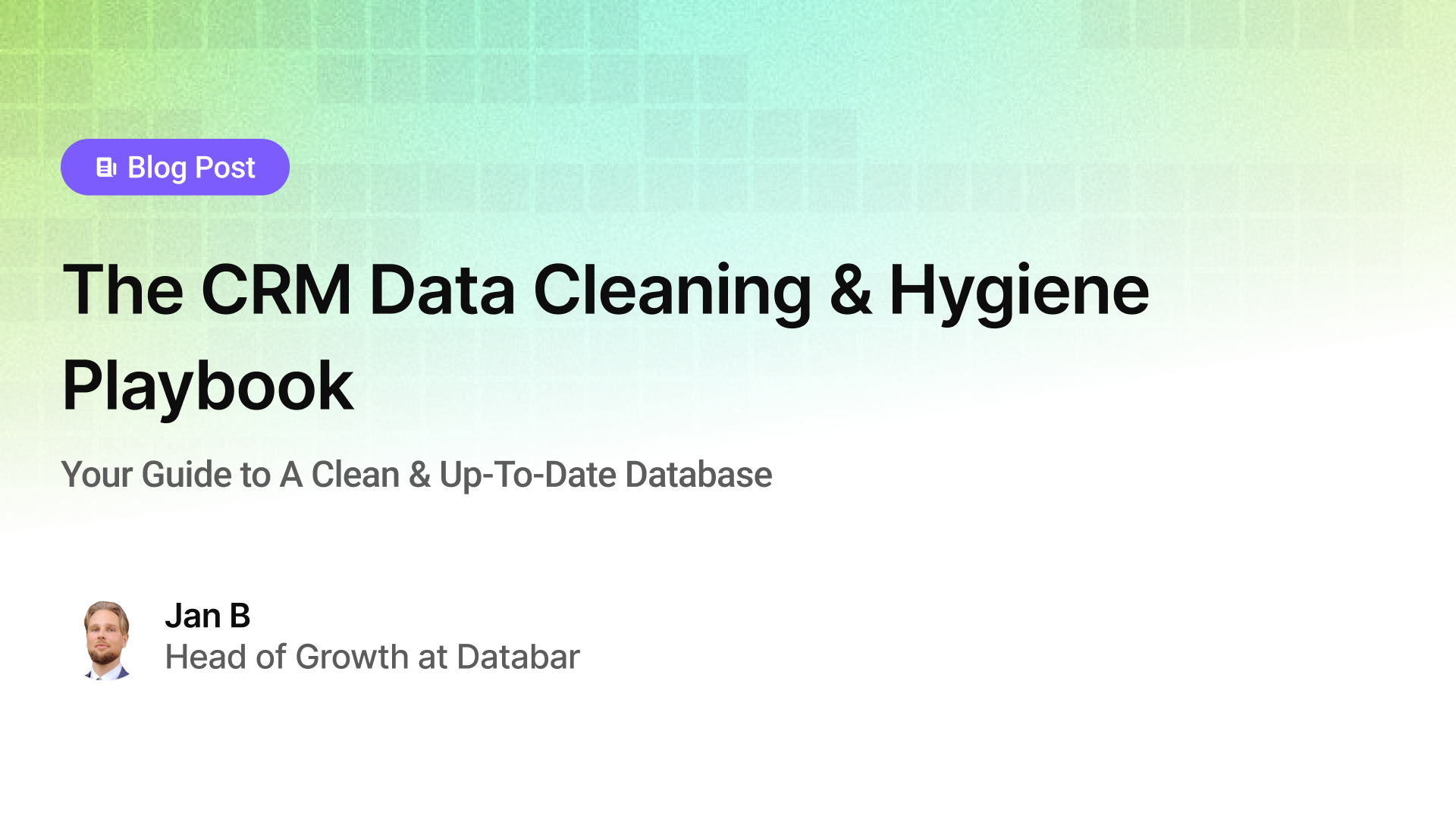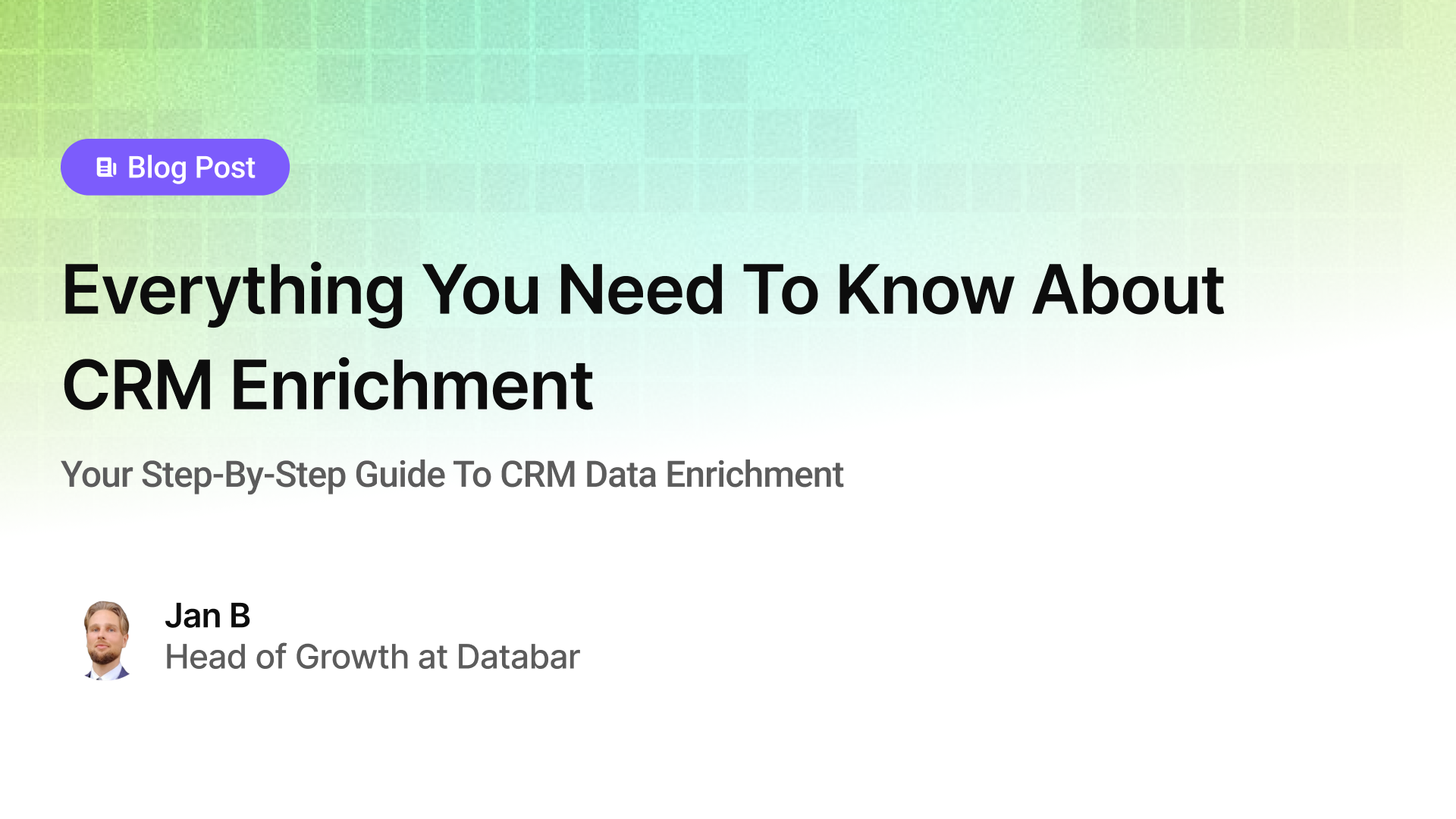Cold Email in 2025: Critical Changes and Action Steps for Success
Essential Strategies for 2025 Cold Email Success
Blogby JanMarch 30, 2025

Cold email is undergoing significant transformation, with email service providers implementing stricter policies and sophisticated systems to protect users from unwanted messages. For sales and marketing professionals using cold email for outreach, these changes present both challenges and opportunities.
This guide outlines the most important shifts happening in cold email marketing for 2025 and provides actionable steps to maintain high deliverability and response rates.
The Evolving Cold Email Landscape
Email service providers like Google and Microsoft continue to refine their spam detection systems. These changes aren't random—they represent a consistent progression toward prioritizing recipient experience and filtering out mass, impersonal outreach.
Recent data shows that standard cold email response rates have dropped to 1-3% for campaigns using outdated methods. However, teams adapting to these changes are seeing response rates of 5-8% or higher.
Critical Change #1: Advanced Personalization Requirements
Basic personalization tags like {{first_name}} and {{company}} no longer provide the differentiation needed to stand out. Email service providers can easily detect these simple variables as mass messaging attempts.
What works now:
Context-based personalization has become essential. This involves referencing specific information relevant to your prospect's current situation:
- Recent company announcements or milestones
- Professional achievements or changes
- Published content or social media activity
- Industry-specific challenges they're likely facing
Implementation approach:
- Use data enrichment platforms to gather real-time company updates and social signals
- Create personalization workflows that incorporate these signals into your messaging
- Establish automation that connects to multiple data sources for continuously updated information
Critical Change #2: Infrastructure and Technical Requirements
The technical foundation of your cold email system now plays a crucial role in determining deliverability success.
Current infrastructure necessities:
- Domain aging and warming: New domains face increased scrutiny. Domains need about 30 days of normal email activity before cold outreach.
- IP reputation management: Shared IPs can compromise deliverability if other senders have poor practices.
- Scaling considerations: Maintaining multiple domains and email accounts with proper rotation.
- Authentication protocols: Proper SPF, DKIM, and DMARC implementation is no longer optional.
Implementation approach:
- Build redundancy into your infrastructure with 1.5-2x more domains and accounts than your immediate needs
- Implement domain warming cycles of about 30 days with gradually increasing volume
- Use dedicated IPs rather than shared sending environments when possible
Critical Change #3: Data Quality and Targeting
The tolerance for outreach to poorly matched prospects has virtually disappeared. Sending to recipients who aren't well-aligned with your offering dramatically increases spam complaints.
What's different now:
- Email service providers now make it extremely easy for recipients to mark messages as spam
- AI systems increasingly predict which messages users are likely to mark as unwanted
- Each spam complaint impacts your sender reputation significantly more than in previous years
A lead generation agency reduced their target list size by 40% through better qualification, yet saw a 143% increase in positive responses using Databar. This illustrates how quality dramatically outperforms quantity in the current environment.
Implementation approach:
- Develop multi-step qualification criteria beyond basic firmographic data
- Use AI tools to pre-score prospects based on fit and engagement likelihood
- Exclude marginal prospects entirely rather than risking reputation damage
- Apply contextual scoring based on timing signals like hiring patterns or growth indicators
How Databar.ai solves the data quality challenge
Companies struggling with changing cold email requirements often face a common problem: fragmented data across multiple providers, manual enrichment processes, and inconsistent data quality.
Platforms like Databar.ai address this challenge by providing:
- Access to 100+ data providers through a single interface
- Custom enrichment workflows
- Intent signal monitoring
- AI-powered data verification and standardization
Critical Change #4: Sequence Structure Optimization
The traditional 4-7 email sequence approach has become counterproductive. Data shows that most positive responses occur in the first two touchpoints, while spam complaints increase dramatically after the third message.
Effective sequence structure:
- 2-3 emails maximum per sequence
- 3-5 day spacing between messages
- Clear, single-action requests in each message
- Straightforward unsubscribe options that work instantly
"Our analysis of over 300,000 monthly emails shows that 80% of positive responses come from the first two messages, while 80% of spam complaints happen on messages 3 and beyond," reports Alex, founder of a B2B lead generation agency.
Implementation approach:
- Audit your current sequences and eliminate all messages beyond the third touchpoint
- Focus on making the initial email strong enough to stand alone
- Use the second email to provide additional value rather than just following up
- Include simple opt-out language that respects the recipient's time
Critical Change #5: Multi-Channel Integration
Cold email no longer functions effectively as a standalone channel. Integration with other touchpoints significantly improves both deliverability and response rates.
Effective multi-channel approaches:
- Using LinkedIn engagement before email outreach to create familiarity
- Following up positive email responses with personalized LinkedIn connections
- Implementing "warm calling" after email engagement signals
- Creating automated workflows that coordinate timing across channels
Implementation approach:
- Build a system that alerts your team to email engagement for timely follow-up on other channels
- Create channel-specific messaging that acknowledges previous interactions
- Use data from one channel to personalize outreach on others
- Establish consistent branding and messaging across all platforms
Making These Changes Work Together
The most successful outreach programs integrate all these elements:
- Start with precise targeting: Build highly qualified lists based on multiple criteria
- Prepare your infrastructure: Ensure technical foundations are solid and redundant
- Plan contextual personalization: Gather intent-based information for relevant messaging
- Keep sequences concise: Focus on quality over quantity in your touchpoints
- Coordinate across channels: Create seamless experiences across platforms
This approach creates a system that generates consistent results while adapting to the changing email environment.
What You Should Do Today
To adopt your cold email efforts for 2025:
- Audit your current deliverability: Establish baseline metrics for inbox placement and response rates
- Review your technical setup: Ensure proper authentication and infrastructure redundancy
- Refine your targeting approach: Implement more sophisticated qualification criteria
- Shorten your sequences: Eliminate messages beyond the third touchpoint
- Enhance personalization processes: Build systems for gathering and implementing contextual data
These steps will position your outreach efforts for continued success despite the changing landscape.
Final Thoughts
Cold email remains a valuable channel for those willing to adapt to its evolution. The teams seeing the greatest success are those adopting these changes rather than trying to circumvent them.
By focusing on relevance, timing, and value to recipients, you'll not only maintain deliverability but likely see improved results compared to less sophisticated competitors. The bar is rising, but for those who clear it, the rewards are significant.
Frequently Asked Questions
How often should I refresh my email infrastructure?
Most organizations now find they need to rotate domains and accounts every 3-6 months, depending on volume and targeting quality. Having a continuous warming cycle for new infrastructure ensures smooth transitions.
What personalization data points provide the best results?
Timely, contextual information typically outperforms static data. Leadership changes, and social media activity tend to generate the strongest engagement when referenced appropriately.
Is it still possible to achieve good results with high-volume outreach?
High volume is possible only with correspondingly high investment in infrastructure, personalization, and targeting. Without these elements, large-scale campaigns will likely see declining results as 2025 progresses.
How do I know if my deliverability is suffering?
Implement tracking that measures inbox placement (not just delivery). Watch for sudden drops in open rates, engagement patterns that differ by domain (Gmail vs. Outlook), and an increase in direct unsubscribes versus replies.
Should I use AI to write my cold emails?
AI can be valuable for analyzing data and generating personalization elements, but messages that sound completely AI-generated often perform poorly. The most effective approach combines AI-powered data gathering with human messaging oversight.
Related articles

Buying Signals & Intent Data: Why Your CRM Is Missing the 5 Accounts
Why Most Teams Miss Their Hottest Prospects (And How to Fix Your Signal Detection)
by Jan, October 06, 2025

Lead Scoring & Account Segmentation: Why Most CRMs Get This Backward (And How to Fix It)
How to build a system that tells your team who to call, when, and why
by Jan, October 06, 2025

The CRM Data Cleaning & Hygiene Playbook
Your Guide to A Clean & Up-To-Date Database
by Jan, October 04, 2025

Everything You Need To Know About CRM Enrichment
Your Step-By-Step Guide To CRM Data Enrichment
by Jan, October 03, 2025